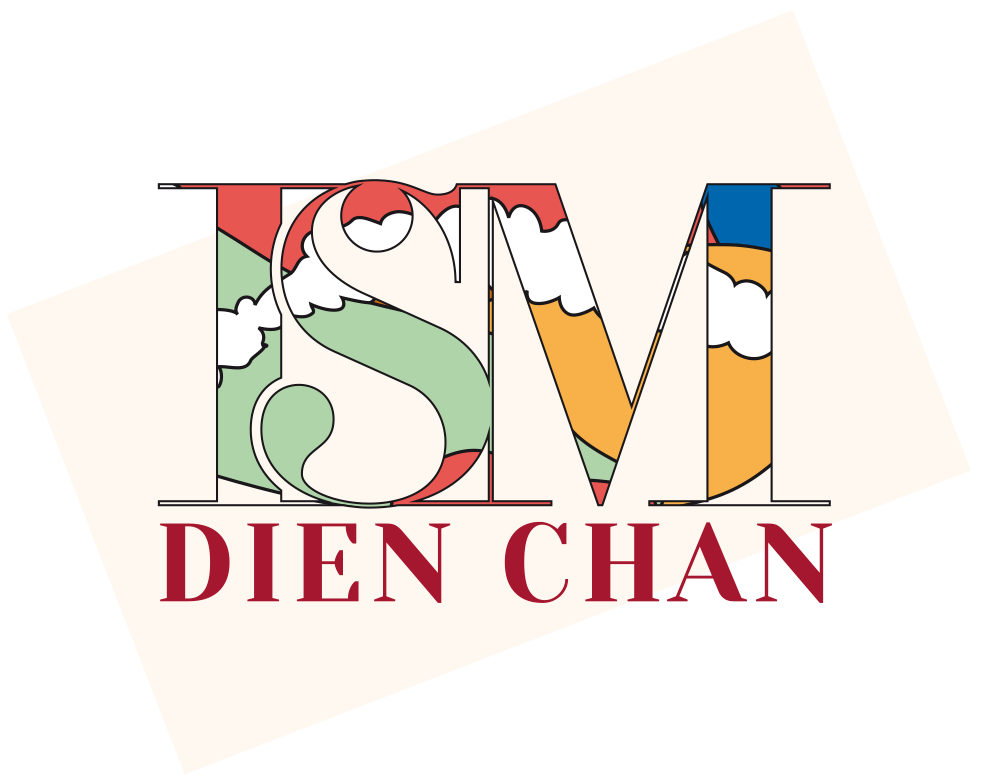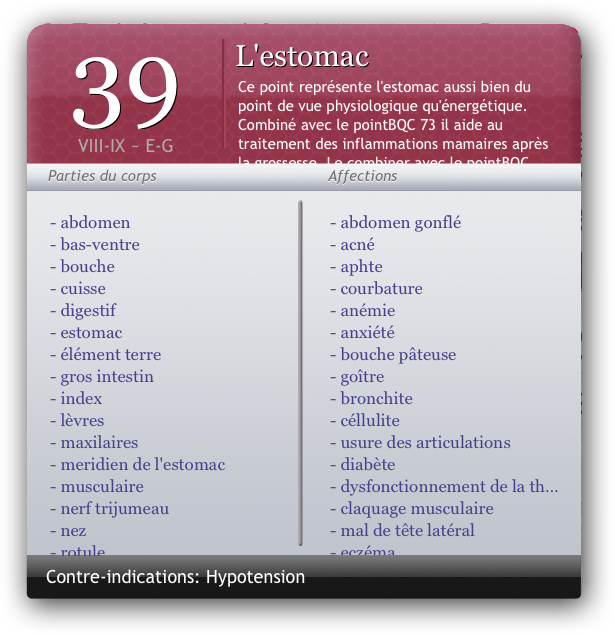
To properly stimulate a bqc·points
The Detector nº101 is the ultimate tool for rigorously soliciting Dien Chan points.
Its stem diameter is designed so that the acupressure exerted produces precise stimulation of the point without damaging the skin.
Make sure it is the point that is sensitive, not the pressure. To do it correctly, you should always have a finger pressing on the face.
Place the detector perpendicular to the surface of the area, holding it flexibly, and exert moderate pressure while slowly sliding towards the desired point.
During directed practices, you will learn to go "towards the point" and not "from the point" to ensure systematic location.
Through dialogue, constantly check your positioning by observing reactions. Once the
The pain caused should be bearable so that the patient can identify exactly which point is being worked on.
Beginners may prefer the Little hammer nº128 to start. Using its rubber tip, perform about fifty percussions on the
Constantly check through dialogue

Chan❜: diagnosis and treatment at the same time
When you think you have located a receptive point, move the detector away and return to verify its need for stimulus. It is then the conscious or unconscious collaboration of the patient (words, grimaces, movements, reflexes...) that will confirm the correct location to you.
 This is where the strength of Dien Chan lies. When we activate a
This is where the strength of Dien Chan lies. When we activate a
Facial diagnosis consists of testing
— When the gas gauge light comes on, it means we're running low on fuel.
After applying a formula of
This consists of consulting the sheets of each of the sensitive
The dialogue with your client will allow you to validate hypotheses and thus adapt your care more scrupulously.
This is how -in Dien Chan- we quickly restore balance by reaching the root of the problem.